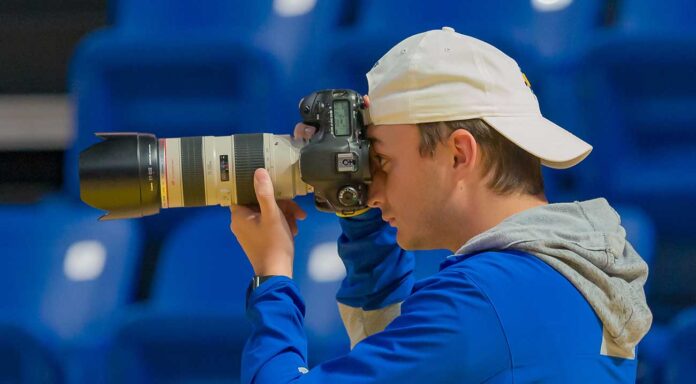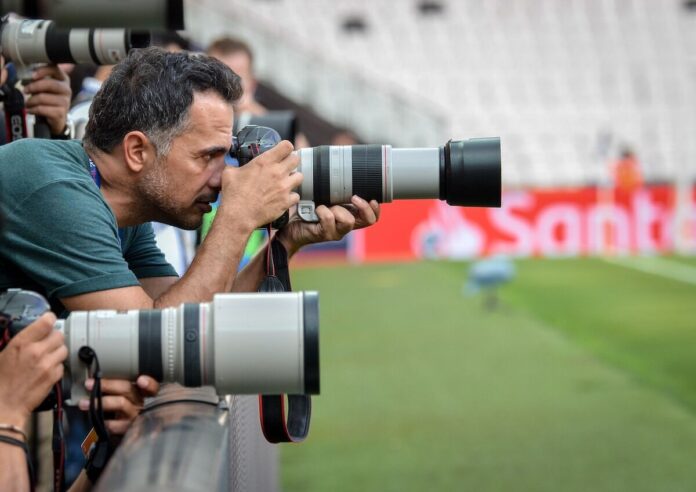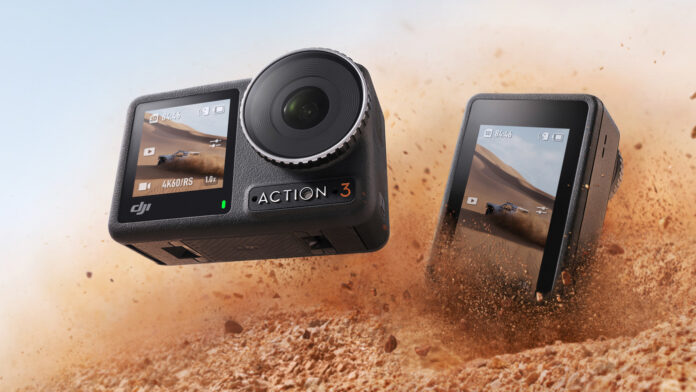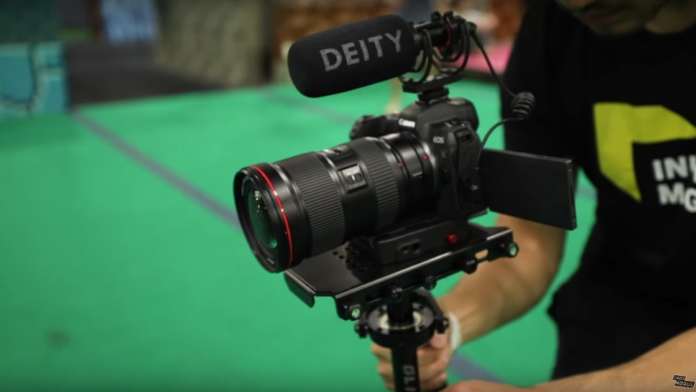If you’ve ever wanted to film incredible action sports content, you’ve come to the right place. Here, we have all the tips and tricks to make your filmmaking experience as smooth as possible. From mastering capturing every angle to ensuring you have a good time while doing it, these upcoming posts will provide all the guidance you need!
1. Understand Your Action Sport
The first step towards great action sports filming is to have knowledge of the sport itself. Generally, there will be a specific type of terrain or environment that best suits the sport. Conduct research to get an understanding of the different types of equipment and techniques used, and practice in order for you to become familiar with using a camera for your sport.
In addition, it’s important to understand basic anatomy and movements used in the sport so you’ll be able to identify essential sequences or moves that need to be captured. When possible, watch recordings of dancers or athletes performing actions similar to those found in the sport; this way you can observe how they move their bodies and capture it from multiple angles on camera.
2. Essential Gear for Filming Action Sports

Getting the best shots of any action sport starts with having the right gear for the job. To ensure you’re properly prepared before embarking on an action-packed adventure, here are essential pieces of filming gear for capturing breathtaking content:
- Camera: Your choice of camera will largely depend on your budget and needs. There are lots of great mid-range models available to capture stunning HD footage such as digital SLR cameras from Canon or Nikon and DSLM cameras from Panasonic or Sony. If you’re shooting in risky locations, cheaper mirrorless systems can be a great choice due to their lightweight and durability.
- Lens: A good lens can really bring your shots alive. If you need to shoot in low light conditions, consider investing in a fast prime or zoom lens with wide aperture capabilities. Additionally, if you need to film both close-up details as well as distant landscape shots, consider a variable zoom lens that offers both flexibility and long-range designations.
- Gimbal Stabilizer: Smooth and steady footage is key when shooting videos associated with high-intensity action sports activities. Investing in a professional gimbal stabilizer will help deliver crisp footage even when filming in turbulent environments – allowing for stable pans and arcs that add depth to your audio-visual media editing alike.
- Audio Equipment: Professional soundscape is incredibly important and can make all the difference between amateurish clips, versus immersive masterpieces! Investing in external microphones – especially directional mics – is essential, attaching lavalier mics directly onto athletes’ apparel for interview work never fails either! Further investing in storage devices such as SD cards & hard drives (which come into their own during multi-day trips) will help save time when it comes to post-production processes down the line too!
3. Capturing the Best Action Shots

For breathtaking action shots, prepare to take plenty of mind-blowing footage. With a few careful preparation steps and some creative lenses, you won’t miss out on capturing the essence of extreme sports.
For those with less experience in filming, an easy place to start is by keeping the action centered in the middle of the frame before refining from there – this is especially helpful when shooting fast or unpredictable movements. Changing perspective often adds a great dynamic to shots so don’t be afraid to get creative – have fun with it! Shooting from different angles (front, back, sides) also adds variety which will ultimately draw viewers in.
In order to obtain clear and crisp shots that pull focus on key elements within the frame, you should shoot with a narrow aperture range between f/2-2.8 so elements stay sharper while others remain out of focus – background blur brings more cinematic appeal and then naturally flow into one another across frames instead of all detailing being uniformly equalized throughout each shot.
When it all comes down to it practice makes perfect! Try spending some time practicing multiple angles so you can begin choosing how best to capture what’s happening right before your viewfinder!
4. Editing Your Content
Editing action sports content can be quite challenging, as you will have to get creative with the footage to create a dynamic and visually engaging edit. When editing, it’s important to keep in mind how the final product will be viewed; this means choosing a format, such as HD or 4K, that will effectively convey your ideas and story. Additionally, you should keep your editing cuts clean and snappy, as to ensure clear visuals for viewers without overloading them with too many frames and effects.
When picking which elements of your footage you want to use for your edit, focus on the key elements that make up a successful action sports video. This could include shots from different perspectives showcasing the talent’s expert skill level and captivating stunts performed. Make sure that you capture enough time in each shot to let your audience take in key moments; this is particularly true when highlighting particular stunts or tricks – because, after all, no one wants a frustratingly-short view of their favorite move!
Once you’ve chosen all the elements that you would like to use for your video, start experimenting with slow-motion shots or speed-ramping transitions; these also make great introduction sequences or clips that indicate flashbacks/retrospection when cut correctly. Nail down all necessary audio tracks (music) beforehand as this can make all the difference – remember that great sound design is essential for any high-end video production work! Finally, refine your project by deleting any unnecessary edits or footage trim here and there until you are happy with how it looks – voila!

Conclusion
In conclusion, capturing action sports content can be complex but highly rewarding. Consider your equipment and settings carefully to create the most stunning visuals with your footage. Make use of natural light and speed up or slow down the shutter for different effects. And remember to get permission and have release forms ready if you plan on using the footage of friends or athletes in any commercial capacity.
With these simple steps, you should be set for success filming all kinds of breathtaking action sports footage that will look great on your big screen or in professional projects!




